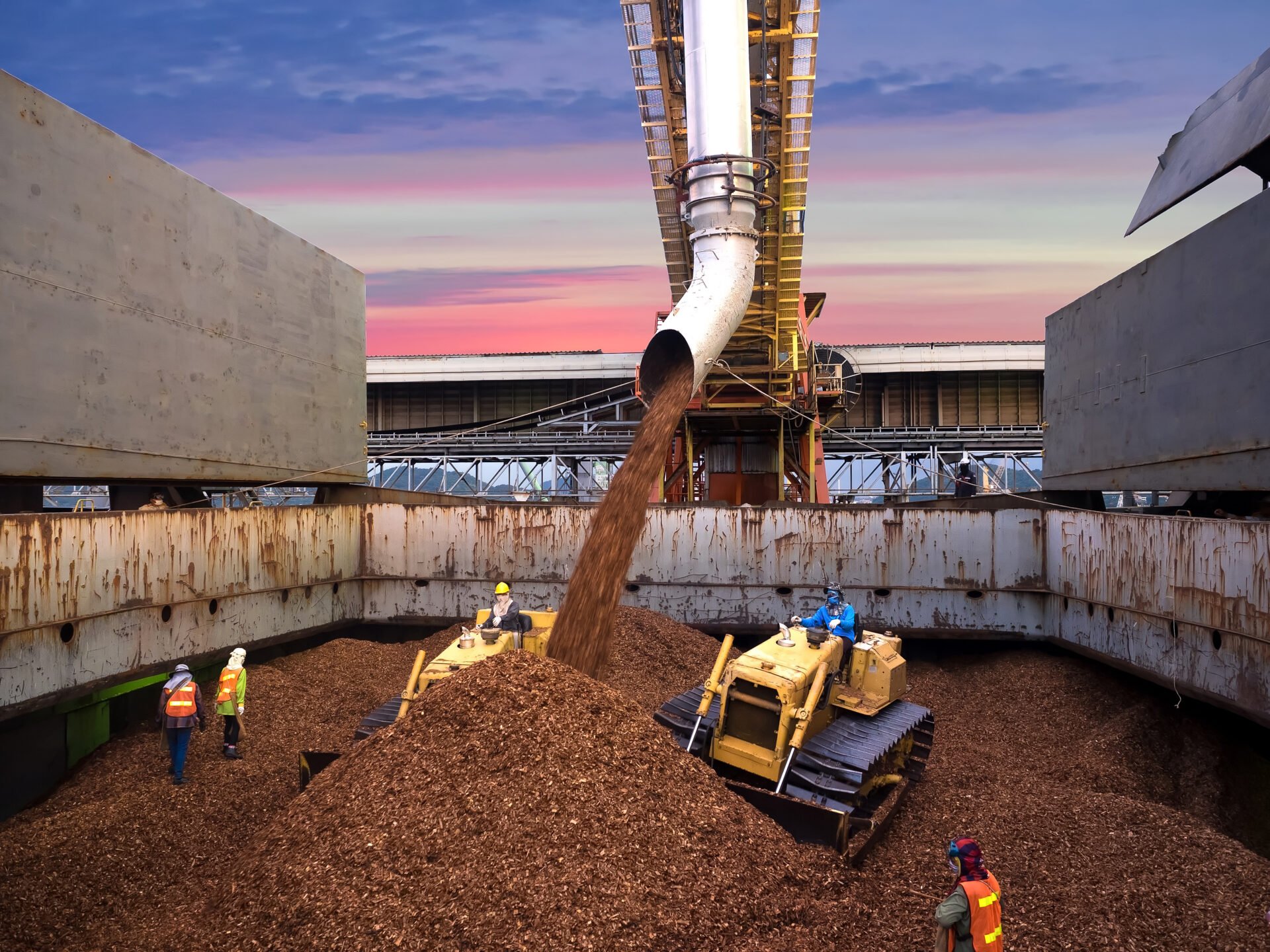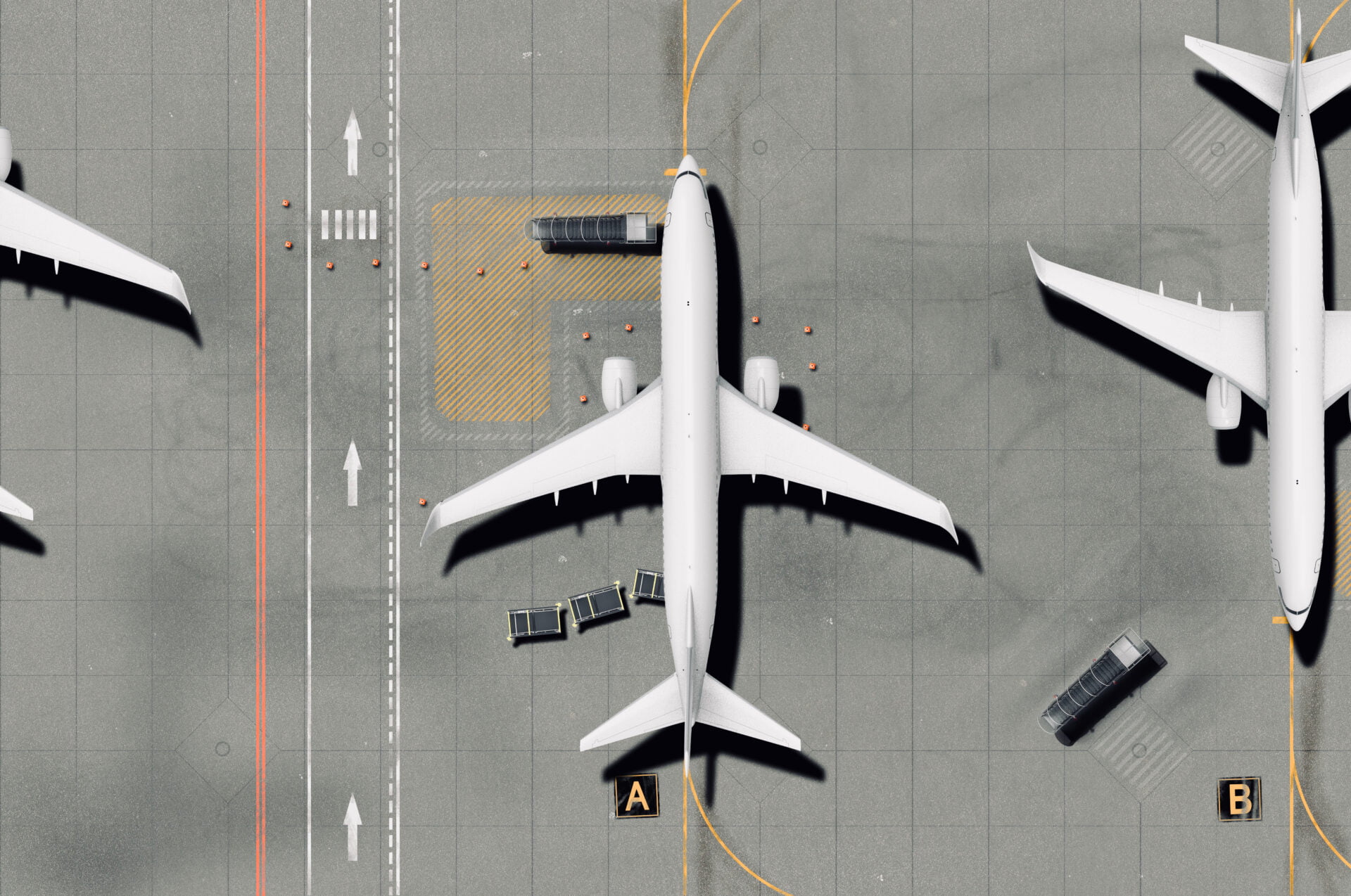How Artificial Intelligence is Fighting Noise Pollution in Ireland
Airports are notorious hubs for noise polluton. Is AI the key to controlling it?...

In the bustling metropolises of the world, where honking cars, roaring aeroplanes, and thunderous trains reign supreme, a silent invader lurks. Noise pollution, often overlooked and underestimated, is gradually emerging as a critical concern affecting our well-being and the environment.
If we could visualise the sound we generate, it would resemble the mountains of litter that plague our cities. We’d see landfills of harsh sounds piled up to the clouds.
Camouflaged amidst chaotic urban life, noise pollution is causing severe harm. Although the problem of noise pollution is no easy fix, AI is a smart solution that we believe is a game-changer.
Noise Pollution:The Deafening Truth
Hearing loss, increased cardiovascular risks, mental health disorders, and developmental issues in children are just some of the negative health impacts caused by noise pollution. This is a problem all across Europe.
While the World Health Organisations’ safety threshold for sound is 40dB, noise in Dublin exceeds 55 decibels at night and surpasses 70 decibels during the day. Furthermore, London residents are exposed to average levels of 86 decibels.
The long-term health effects of this continuous exposure to high decibel levels are in addition to the immediate impact on quality of life. The necessity for efficient noise management and control techniques in urban environments is highlighted by the possibility of chronic health issues resulting from prolonged exposure to noise pollution.
An important case study on noise pollution
Bruitparif is a non-profit organisation, and is dedicated to combatting noise pollution in Paris. The organisation have unveiled a groundbreaking report that paints a sobering portrait of the detrimental effects of noise pollution.
This report combined medical projections from the World Health Organisation with “noise maps” based on data collected from its extensive network of acoustic sensors. The findings were staggering, revealing that residents living in the loudest areas of Île-de-France, encompassing Paris and its suburbs, lose more than three healthy life years over a lifetime.
The study found that the majority of these ailments are caused or worsened by the relentless noise generated by cars, trucks, aeroplanes, and trains.
The Earths Noisiest Neighbour: Airports
One of the focal points for noise pollution mitigation efforts is airports. The incessant roar of jet engines during takeoff and landing can be highly disruptive and detrimental to the well-being of nearby residents.
However, this noise not only disrupts the daily life of those living nearby but also has significant health implications These negative effects can be so harmful, that the economic cost of health damage caused by night flights alone is an estimated 36,000 euros per flight.
Amidst the global cacophony generated by more than 40,000 airports worldwide, it is no surprise that noise analysts play a vital role in monitoring and mitigating the adverse effects of airport sounds. However, the sheer volume of data they handle is overwhelming.
Noise pollution reduction techniques
This is particularly difficult in places with high population densities, which are frequently home to airports. To lessen these effects, it is crucial to implement efficient noise reduction techniques.
Such techniques can include:
- soundproofing,
- operational restrictions,
- optimised flight routes.
The cooperation between airport operations and community well-being is still a crucial topic of concern in environmental management and urban planning particularly as urban populations grows.
Currently, noise analyst professionals painstakingly listen to hours of recordings and manually report on them. For instance, a mere 250-minute audio recording necessitates 6 to 8 hours of arduous manual processing. Even then, the process remains error-prone.
With the number of flights growing year-by-year, our approach to tackling noise pollution needs to be completely overhauled.
Our Solution: AI-powered Sound Monitoring
AI-powered systems can be deployed to monitor and analyse noise levels in real-time. By leveraging machine learning algorithms, these systems can distinguish between different types of sounds, including aircraft noise, and provide valuable insights into the impact on local communities.
Such data empowers policymakers, urban planners, and airport authorities to make informed decisions to mitigate the harmful effects on public health. Some of the insight AI systems can provide can help with agreements regarding:
- flight paths,
- noise reduction measures,
- residential zoning.
For instance, AI systems can identify locations of high noise and periods where noise levels are at their highest by examining sound patterns and intensities. Authorities and urban planners can more effectively modify noise reduction campaigns with the use of this data, which is crucial.
More informed long-term urban development plans can be created by applying these AI algorithms to forecast future noise patterns,. By incorporating them into smart city frameworks, cities may be able to regulate environmental noise in a whole new way, creating healthier and more liveable urban environments.
Gemmo AI can assist in noise pollution reduction
At Gemmo AI, our commitment to tackling noise pollution extends to the development of a comprehensive model zoo. This repository houses a wide range of pre-trained machine-learning models, built on diverse datasets, to address various sound analysis challenges.
Gemmo’s specially designed model focused on aviation noises is one particular gem in our collection. This specialised model encompasses a vast collection of sounds. These range from the roar of jet engines during takeoff to the high-pitched whine of landing gears.
Towards a Quieter, Healthier Future
Our machine listening technology is key to the systematic, constant monitoring of noise pollution. By connecting our algorithms to a network of sensors, we can continuously gather data on noise levels.
This allows us to track noise patterns, identify sources of noise pollution, and assess the impact on surrounding communities. With this comprehensive and real-time information, stakeholders can take effective, information-driven action for noise mitigation.
AI is the way toward a quieter, healthier future. Not only are the uses of machine learning systems innovative in this industry, but it is also transformative.
Such systems open the door to more focused noise reduction strategies, and stronger adherence to laws. Eventually, following this, a more peaceful and liveable future will be attainable for urban environments. The use of this technology is a critical step towards sustainable urban living. Not only this, it is also a major advancement in our ability to control and reduce noise pollution.



